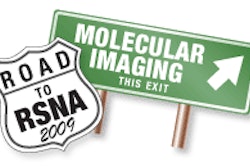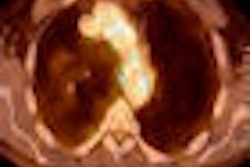Friday, December 4 | 10:50 a.m.-11:00 a.m. | SST12-03 | Room S505AB
Researchers from the University of California, San Diego (UCSD) have conducted a study demonstrating the efficacy of FDG-PET in identifying new lesions and recommend that the modality be used to complement Response Evaluation Criteria in Solid Tumors (RECIST).Fifteen of the 69 patients had new non-small cell lung lesions recognized by FDG-PET that were not identified on CT under RECIST criteria. Five of those 15 patients were categorized as having progressive disease, while eight of the remaining 10 patients had new lesions on FDG-PET confirmed on subsequent CT scans within six months. Their status changed to progressive disease based on FDG-PET results.
Co-author Dr. Sebastian Obrzut, assistant clinical professor of radiology at UCSD, said the study explores an area in which there has been little research. "Even though it seems PET should be good to assess therapy response, this is not something that is universally accepted, for example, by the [U.S. Food and Drug Administration] for the evaluation of new drugs," he said. "If you add this data, you are better able to tailor the therapy to the specific patient. If it isn't responding, then you can quickly change therapy."
Obrzut and colleagues plan to expand their research to other cancers to see if they can discover a similar trend in the use of FDG-PET for therapy response.




















